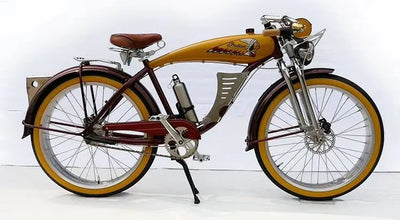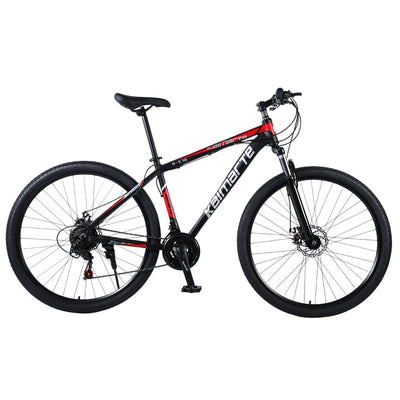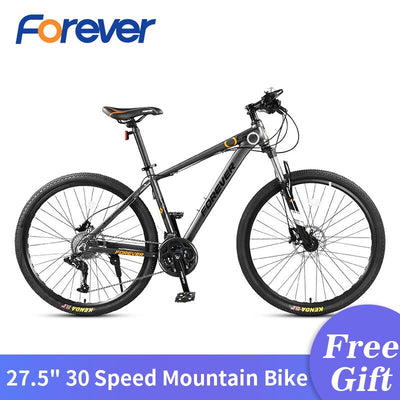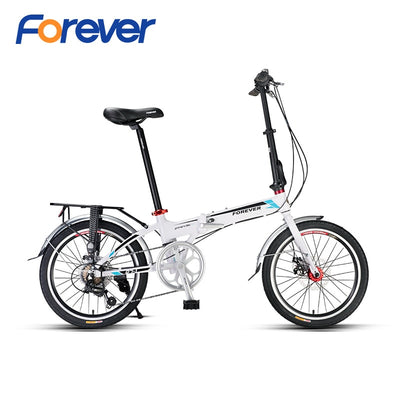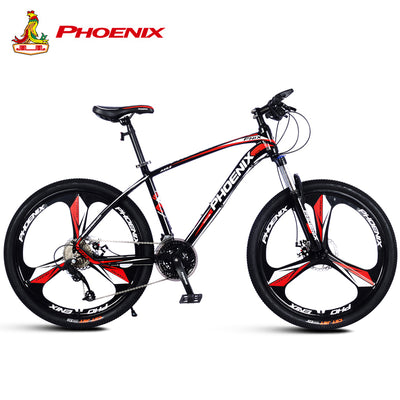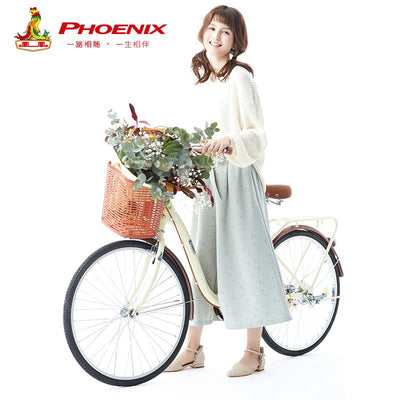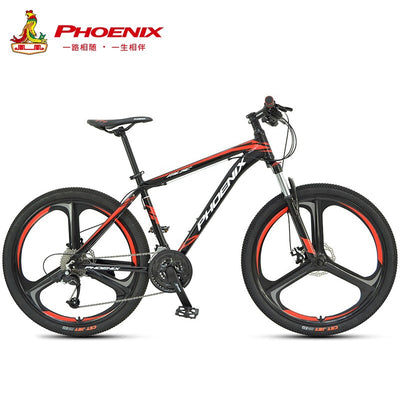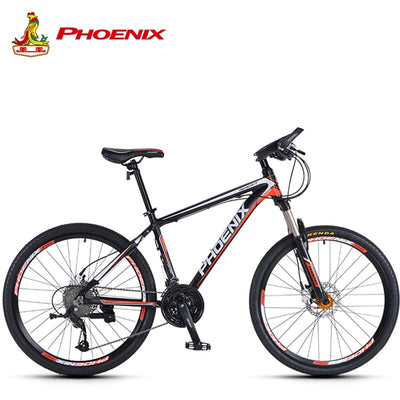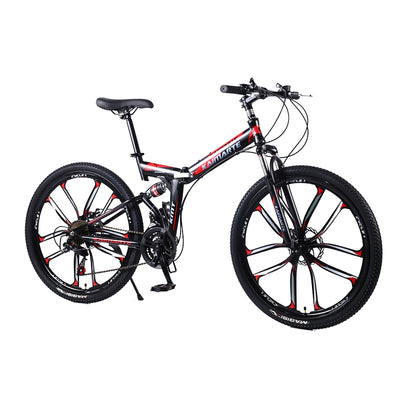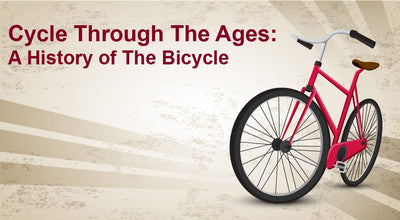Beginner's guide to buying a road bike
Posted by Tom Lee on
New to road cycling? You're in for a treat! First, let's make sure you get the right road bike for you. In this beginner's road bike guide, we talk about some key factors that you should consider before buying your next road bike at Wiggle.
Key factors to consider before buying your first road bike
Before you get into buying your first road bike, there are a few key factors that you should consider.
The first is whether you want a purebred race bike or a more relaxed geometry (upright position) sportive bike.
The second factor is whether you want a carbon frame or an alloy frame. Then, you'll also want to consider what level of groupset (i.e. gear set) you think you need.
Finally, a now frequently asked question for many is whether you want a disc brake road bike or a calliper (traditional) brake option.
Road Race bikes vs. Sportive bikes
The first question to ask yourself, is Race or Sportive bike?
It's all very well for Bradley Wiggins to be tucked into his super-aero aero position; with a low front end and a long reach; but for new road riders, or anyone whose joints are not as good as they were, then a more relaxed, more upright position is key to keeping things comfortable. This is your Sportive bike. In the last few years, we have seen a huge growth in Sportive type road bikes, from entry level to high performance.
To identify a Sportive Road Bike in our Road Bikes range at Wiggle, look at the length of the head tube and top tube; a longer headtube, and a shorter top tube will provide a more upright position.

Already classify yourself as an out-and-out racer? Then a road race bike is the one for you. The more aggressive geometry of these bikes provides you with an aero advantage.

Frame and fork material
Another key area to consider, when you're purchasing your first road bike, is whether you want a carbon or alloy frame and/or fork.
Most entry level road bikes will be aluminium framed road bicycles, and perhaps a carbon fibre fork; this provides a good balance between reliability and robustness of the alloy frame, but with vibration absorption provided by the more compliant carbon material in the fork.
If you're looking to have a bike with a lower weight, and greater lateral stiffness though, then you should consider a full carbon frame and fork. Carbon framed road bikes are lighter, and they can be more comfortable (because they're more compliant); therefore they can be faster!

Groupset
The third thing to pay attention to is the groupset model specified in the bike description. This is the bike's transmission and brakes.
The groupset manufacturers you will most commonly see are Shimano, SRAM and Campagnolo. Each has a hierarchy of groupset models, from basic entry level right up to the same parts you'll see the pros using.
The best buying advice is to go for the best groupset you can afford. Higher end groupsets provide smoother shifting, more gear choice, and overall lighter weight.
Shimano, for example, has 5 levels of groupset:
- Sora - Entry level - Ideal for the beginner.
- Tiagra - Entry level performance - Ideal for those looking for a higher-end shift feel, but without the price tag.
- 105 - Enthusiast performance - All the benefits of Ultegra and Dura Ace, but with a slightly higher weight.
- Ultegra - Enthusiast race - The most popular groupset in the amateur race scene.
- Dura Ace - Pro-race level performance and super-light weight.
- Shimano Di2 - Versions of Ultegra and Dura Ace, with Electronic Shift!

Disc brake road bike or calliper road bike?
Perhaps the 'question of the moment', is whether you get a disc brake road bike or a calliper (traditional rim brake) road bike.
There are benefits and drawbacks of both systems. Disc brakes are fantastic at having consistent stopping power, in wet and dry conditions; even when the bike sprays up a quantity of dirt and grit onto your wheel rims, you can still brake consistently with disc brakes. Rim brakes, by contrast, tend to suffer in particularly wet or grimy conditions; however, they are cheaper, easier to maintain, and provide more wheel upgrade choices.
We won't try to persuade you one way or the other; disc or rim brakes, your first road bike will be great fun!

Bike size and fit
It is vitally important to get a bike that fits you properly. We have an in-depth bike size guide to help make this easy.
Frequently asked questions about buying your first road bike
We asked the buying team some of the most frequently asked questions from beginners in the market for a new road bike.
Q: Where might a new road cyclist look to save money on a bike?
A: Our advice is always to buy the best bike you can afford; it will reward you with a long lasting level of fun and performance, and most importantly, inspire you to get out more.
Q: What good payment plans and schemes are available for newbie cyclists?
A: To keep things on a budget, Wiggle offer an Interest Free Credit on bikes that cost over £280. It is also worth having a look at the tax saving Cycle to Work Scheme.
View our great range of bikes, available on the Cycle to Work Scheme
Q: Realistically, how little could you spend and still get a decent new bike?
A: In recent years, we have seen lots of technology filtering down from Pro rider bikes; the effect is that for £500, you can now buy a great entry level road bike, with 18 gears and with a carbon fork.
Much like a carbon frame, a carbon fork is not only lighter, but provides confidence-inspiring steering control, great shock absorbing qualities, and smooths out some of our rough potholed roads.
The Vitus Razor Road Bike (2019 - Claris) is a great example of an aluminium frame/carbon fork bike, at a superb price!
Q: What time of year is best for bike deals? (i.e. buying the previous year's model)
A: September is a great time of year to buy a bike. Many brands will be getting ready to launch next year's models, and you will start to see great deals on current year bikes.


